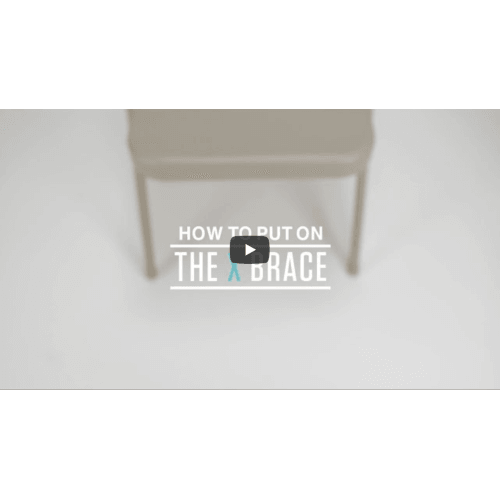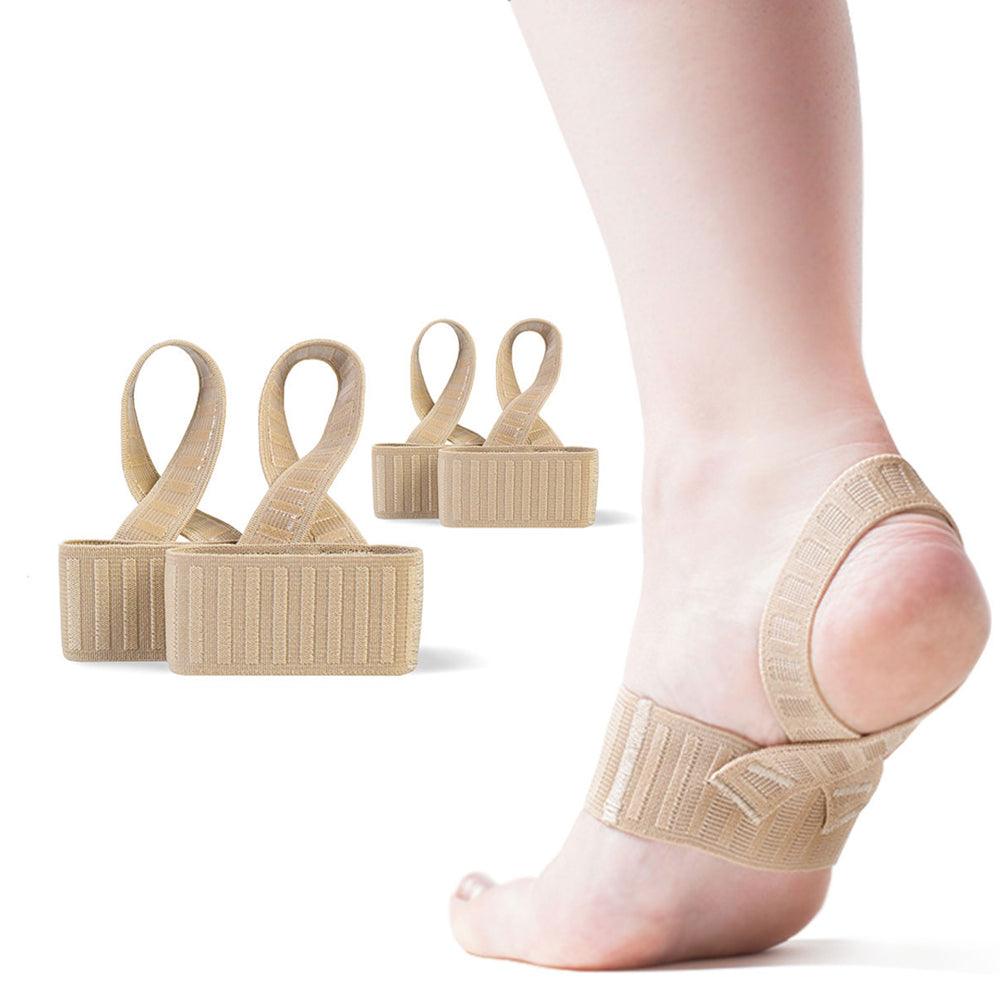What is Sever's Disease?
Sever's disease is a condition wh ere the growth plate in the heel begins to become inflamed, and it can be very painful. It also goes by the name of “calcaneal apophysitis.” Sever's disease is not actually a disease but a condition that occurs in growing children. Those most affected by this condition are heavily involved in sports or exercise on a regular basis.
What Causes Sever's Disease?
Sever's disease causes include placing repetitive stress on the growth plate in the heel at exactly the point where the child’s Achilles tendon stretches the back of the heel. In most cases, this occurs when the child is experiencing a growth spurt.
Growth plates are the soft portions of the cartilage that are located where the bones grow. The heel has these growth plates, but they also exist on the ends of many other bones in the body. The Achilles tendon attaches the child’s calf muscles to the growth plate in the back of the heel. In most cases, bones grow faster than muscle does, so the Achilles tendon often becomes tight throughout childhood. This is particularly the case with the bones of the foot.
Sever’s disease begins when the child is jumping or running. During these times, the Achilles tendon that is already tight pulls on the growth plate and irritates it. This leads to inflammation and pain in the heel.
Specific activities that cause Sever’s disease include the following:
- Wearing shoes that don’t adequately support your child’s feet.
- Overtraining during sports season.
- Playing sports that require your child to run or jump on a hard surface, such as basketball, gymnastics or track.
What Are the Symptoms of Sever's Disease?
Symptoms of Sever’s disease (Calcaneal Apophysitis) may include the following:
- Limping while running or walking.
- Having difficulties walking.
- Heel growing pains that are even more painful after running or jumping but feel better after a period of rest. The pain is worse at the beginning of the playing season.
- Tightness or tenderness at the back of the child’s heel that worsens after squeezing the area.
- Redness, swelling or pain in one or both heels.
What Is the Sever's Disease Treatment?
This is a condition that doesn’t lead to permanent disability. In fact, the symptoms of Sever’s disease may go away entirely in just a matter of a few months. The most effective Sever's disease treatment is just to have your child rest. This means that your child must stop playing his or her sport until the heel growth plate pain feels better. When it is time to return to the sport, your child must gradually increase the time that he spends playing. In addition to the above, your child’s doctor may advise you to give him ibuprofen or naproxen for the pain. Applying an ice pack to the area may also provide relief
Sever’s disease treatment can also include products that relieve pain and stress. Your child may benefit from a heel strap that will reduce the stress that is placed on the heel bone. This is an excellent option if your child has another foot condition, such as high arches or flat feet. Heel cups and cushions are another option that you can place in your child’s athletic shoes. These ensure that your child’s feet are comfortable and protected at the same time. The cheetah heel cup was designed specifically for gymnasts and dancers and provides immediate relief from children's heel pain.
If warranted, you may consult a physical therapist to help treat symptoms of Sever’s disease. A physical therapist will give your child stretching exercises that will strengthen the painful area. If the condition is severe enough, your physician may suggest applying a cast so that your child’s heel has no other option but to rest.
Sever's Disease in Adults
Adults cannot have Sever’s disease (calcaneal apophysitis). Heel pain that affects adults improves as they remain active. The opposite occurs with heel pain in children.
However, symptoms of Sever’s disease can sometimes be confused for plantar fasciitis, which is a condition that affects adults. If you’re an adult experiencing pain similar to Sever’s disease, learn more about plantar fasciitis treatment.
Conclusion
If your child experiences heel pain, the remedies above will help the situation. You only need to try them to find out which one has the right fit. The heel straps may ease your child’s pain, but you will also need to find a long-term solution. For this, you may need to take your child to your pediatrician. In the meantime, you can combine stretches for Sever’s disease with the remedies suggested in this article for immediate relief from Sever’s disease.
























